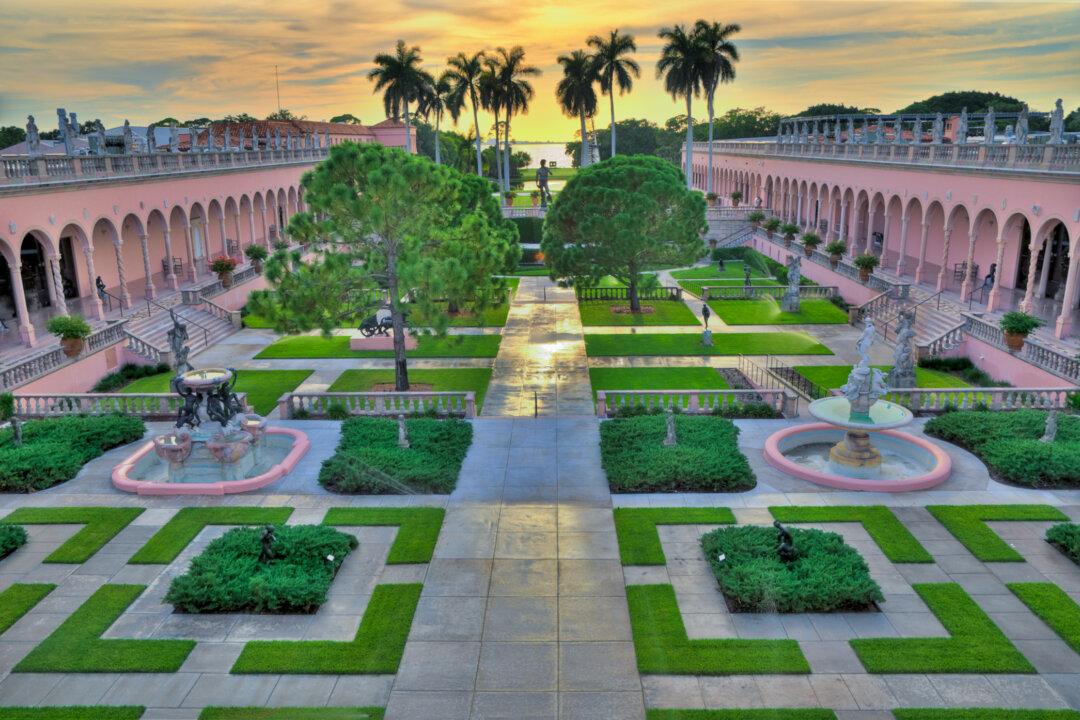A touch of Renaissance elegance can be found not only inside Florida’s state museum but also within its courtyard.
In the late 1920s, more than 50 bronze casts were destined for Florida, from the Chiurazzi Foundry in Naples, Italy. The casts were ordered by John Ringling, the circus entrepreneur and fine art collector.






